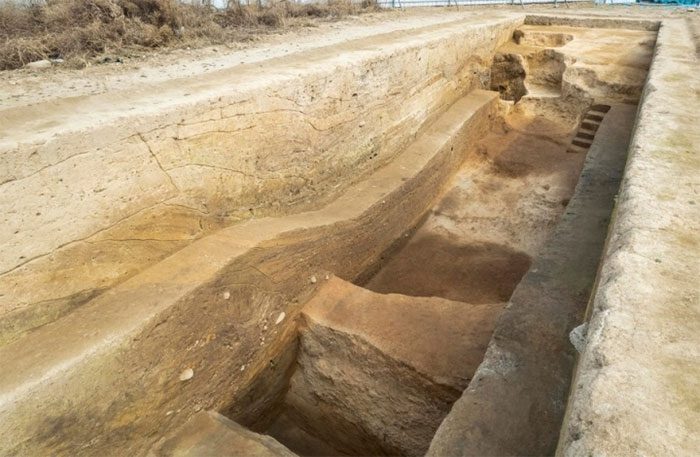Chinese archaeologists have recently discovered a moat dating back approximately 6,000 years at an archaeological site in Henan Province, central China.

6,000-year-old moat at the Suyang archaeological site, Yichang County. (Photo: Xinhua News Agency)
According to the Luoyang Institute of Archaeology, this semicircular moat is part of the Suyang archaeological site in Yichang County. The hand-dug moat’s shape and structure indicate a strong social organization and high technical skills at that time.
Based on excavated artifacts and the stratigraphy within the moat, archaeologists believe that this moat underwent three phases of the Yangshao Culture, dating from 5,000 to 7,000 years ago.
By the end of the Yangshao Culture period, the moat may no longer have been used for defense, as several residential sites, ash pits, household tools, and production artifacts from this period have been found on both sides of the moat.
Rows of wooden posts may have been used to protect the moat, reflecting how the people of that era repurposed this abandoned structure.
Archaeologists also found ceramics, stone, jade, bone objects, and shell artifacts at the site, as well as some well-preserved carbonized traces of corn and millet.
The excavation of the Suyang site began in early 2021.





















































